The food supply chain First, import and export, the different stages of the supply chain, producers, handling 26% of storage, processing 26% of packaging, distribution of 26%, distribution of 26%, retail, consumption. At its root, the food supply chain is what keeps everyone alive. Without it, most of the world would die of hunger. We rely on grocery stores and our favorite restaurants to keep us fed.
The food supply chain encompasses the steps that food takes to get from its original source, the farmer, to the consumer and to the table. This chain encompasses multiple stakeholders, including manufacturers, distributors and retailers. It is often divided into five key steps. The global food supply chain requires advanced planning at every part of the food journey to ensure quality and safety.
Packaging is important to protect the food product and delay physical, chemical and biological deterioration. Examples of primary processing include the milling of wheat, the pasteurization of milk, and the classification and refrigeration of meat and are often a necessary step to ensure food safety before consuming them. Proper management is essential to ensure that your company complies with food-related regulations and delivers high-quality food to your customers. Many food companies rely on automatic identification systems, such as RFID transponders, which make it easy to track food throughout the supply chain.
This video shows how printer company Avery Dennison takes advantage of its technological solutions to help food companies manage and track their food at every step of the supply chain. The food you eat is produced by a complicated global food system, which involves many activities and processes that bring food from farm to table. This process is vital for many pre-cooked foods, as it ensures the availability of a variety of high-quality, nutritious and affordable foods all year round in the UK, Europe and around the world. Some secondary food production processes, such as heat treatment, fermentation, and packaging, can be used to extend the shelf life of the primary food ingredient.
Primary processing involves cutting, cleaning, packaging, storing and refrigerating raw foods to ensure they don't spoil before they reach the consumer. Secondary food processes may vary depending on the type of food group, but may include physical processes such as pressing, milling and dehydration, and chemical processes such as hydrolysis, hydrogenation or the use of enzymes. Depending on where you are in the food supply chain, you must learn what happens to food before it reaches you and possibly after it leaves. This type of technology can help identify supply chain inefficiencies and locate poor food sources using real-time data.
Food waste occurs at every step of the food supply chain and most of it occurs in homes and retailers. Ultra-processed food products are produced by combining primary food products and other secondary food products to create ready-to-eat foods and beverages with high sensory appeal; for example, pastries, candies, jams, soft drinks and ready meals.
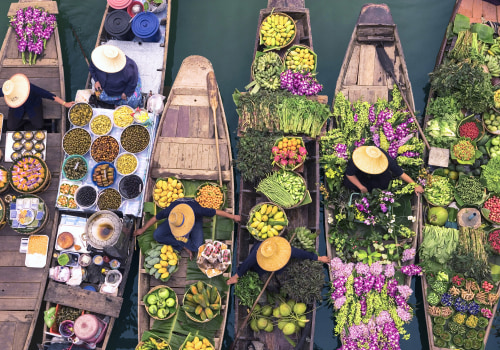
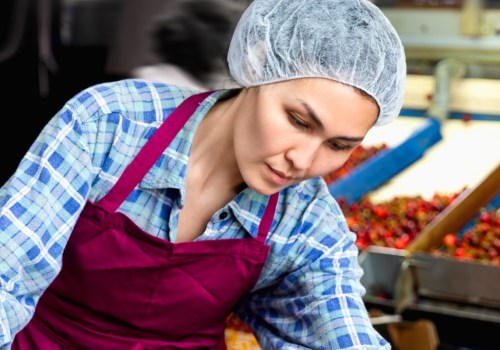
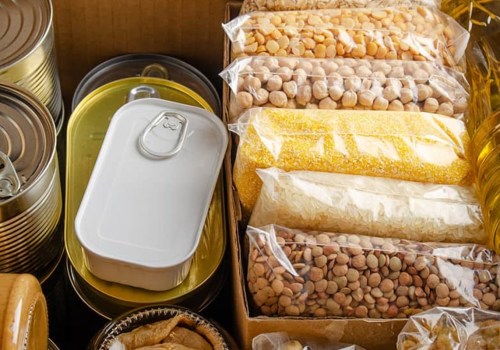
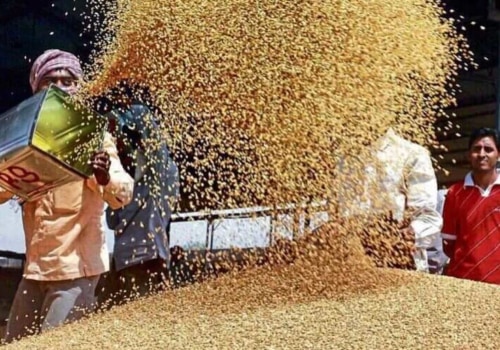


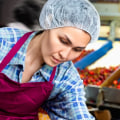
Leave a Comment